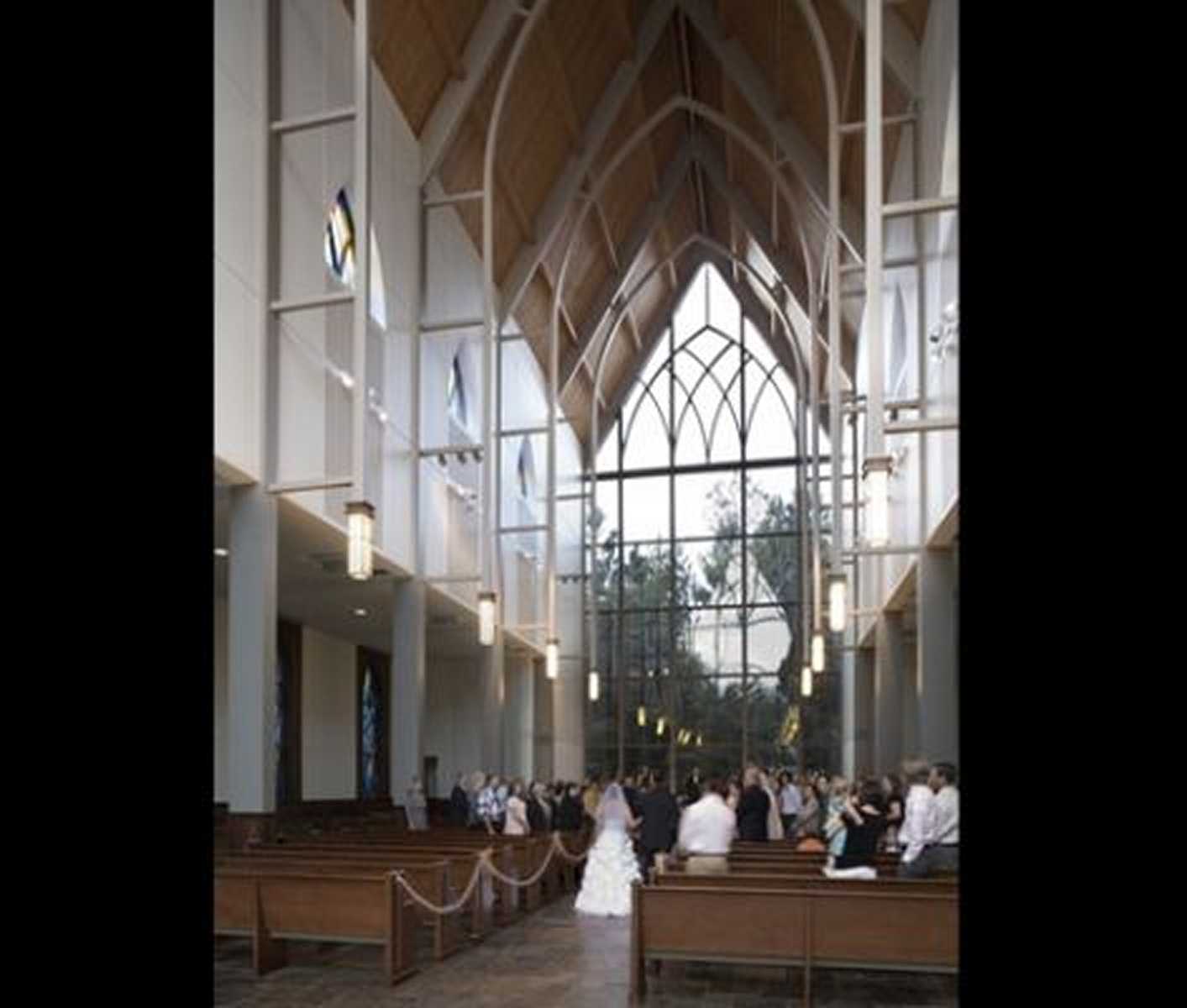Ford co-founder of the Urban Arts Collective and self-proclaimed hip-hop architect was born and raised in Detroit. Ford started Hip-hop architecture a movement to explore the built environment to encourage young people of color to pursue careers in architecture.
The Hip Hop Architect explores how hip hop lyrics provide an evaluation of modern urban architecture and some of the areas where it went wrong.

Hip hop architecture. What is Hip-Hop Architecture. Hip Hop Architecture is a manifestation of the widely accepted fifth element of Hip Hop Knowledge of Self. In turn architecture deserves a place alongside the four pillars or elements of hip-hop.
Hip-Hop Architecture is a meditation on architectures intersection with one of the most influential contemporary cultural movements-hip-hop. The core of that culture has been expressed through a variety of creative outletsmusic dance theatre art fashion literature. As architecture grapples with its own racist legacy Hip-Hop Architecture outlines a powerful new manifesto-the voice of the underrepresented marginalized and.
The Hip Hop Architecture Camp is a one week intensive experience designed to introduce under represented youth to architecture urban planning creative place making and economic development through the lens of hip hop culture. Its designers produce spaces buildings and environments that translate hip-hops energy and spirit into built form. Hip-Hop Architecture is a design movement that embodies the collective creative energies native to young denizens of urban neighborhoods.
The Camp is based on the 4Cs which are Creativity Collaboration Communication and Critical Thinking. Hip Hop Design Studio is a progressive architecture and interior design firm in Austin Texas. Cookes deft textual and visual riffs merge hip-hops sonic and performative modalities-remix breakdance graffiti-with traditions and practices that inform black spatiality and design.
So hip-hop architecture is really hip hop culture in built form Article continues after advertisement Like all great art Close To The Edge which debuted at the Center for Architecture in New. 3800 Followers 1553 Following 201 Posts - See Instagram photos and videos from Hip Hop Architecture hiphoparchitecture. Hip-Hop Architecture review by Archidose May 14 2021 publication As architecture grapples with its own racist legacy Hip-Hop Architecture outlines a powerful new manifesto-the voice of the underrepresented marginalized and voiceless within the discipline.
And republished at ArchDaily Cooke argues that hip-hop owes its existence to architecture urbanism and city planning. The Birth of Hip-Hop Architecture exhibits the work of students academics and practitioners at the center of this emerging architectural revolution. Hip-Hop Architecture in its simplest definition is hiphop culture in built form.
Deejaying emceeing breakdancing and graffiti. It has also groomed award-winning hip-hop artists including Eminem Big Sean and J Dilla. Removing the financial barriers involved with participation in high quality programs for communities who are underrepresented in careers rel.
Hip-Hop Architecture produces spaces buildings and environments that embody the creative energy evident in these means of hip-hop expression. Hip-Hop Architecture Camps Use Rap Music to Inspire a Diverse Generation of Future Architects April 06 2018 Throughout the spring and summer of 2018 seventeen US cities will host Hip Hop. The tie between hip-hop and architecture isnt as farfetched as one may think.
A Case for Hip-Hop Architecture Harvard Journal of African American Planning Policy 2014. Hip-Hop Architecture is a meditation on architectures intersection with one of the most influential contemporary cultural movements-hip-hop. Cookes deft textual and visual riffs merge hip-hops sonic and performative modalities-remix breakdance graffiti-with traditions and practices that inform black spatiality and design.
Close to the Edge. It starts with the idea that there is a broader culture of hip-hop beyond music. In his essay The Fifth Pillar.
Motown boasts architectural marvels by Daniel Burnham Ludwig Mies van der Rohe Marcel Breuer and Isamu Noguchi.
